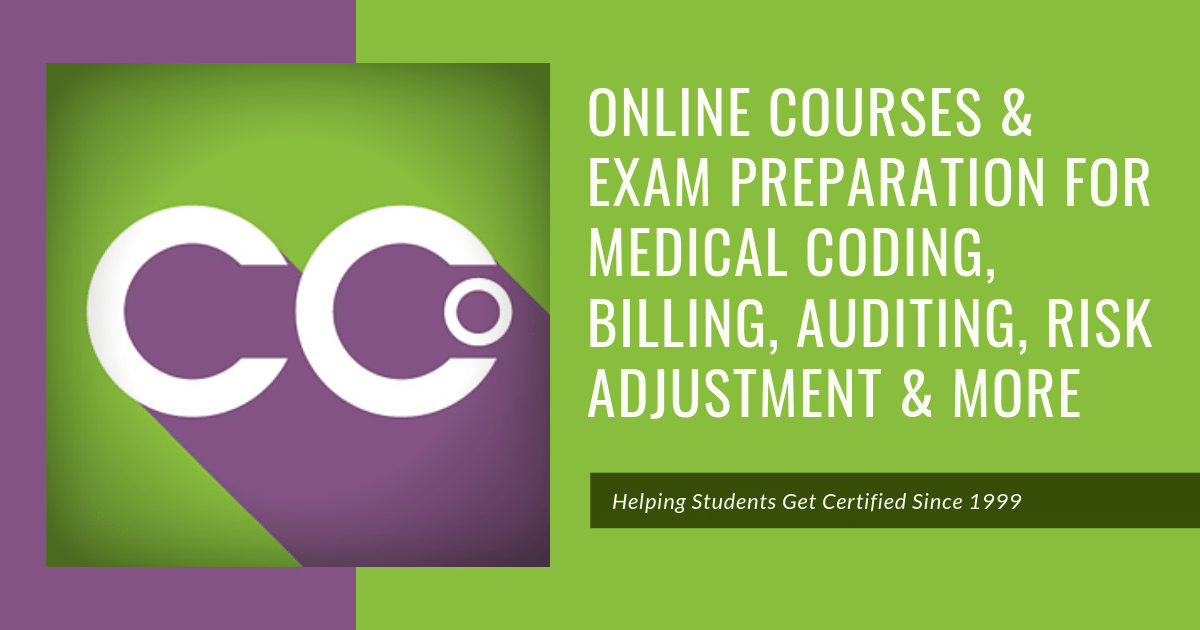CharitoC_65239
New member
Hello all,
Since Medical assistants are able to give immunizations, does the notes still need a supervising provider signature or is the Medical assistant able to sign and approve the notes themselves? Is a signed order from the provider good enough? What if there is no order from the provider because the patient just wanted an update on their immunizations? What are the guidelines for signatures for Medicare/ Medicaid compared to a commercial insurance? Where can I find billing guidelines on this? Please help!
TYIA!
Since Medical assistants are able to give immunizations, does the notes still need a supervising provider signature or is the Medical assistant able to sign and approve the notes themselves? Is a signed order from the provider good enough? What if there is no order from the provider because the patient just wanted an update on their immunizations? What are the guidelines for signatures for Medicare/ Medicaid compared to a commercial insurance? Where can I find billing guidelines on this? Please help!
TYIA!



